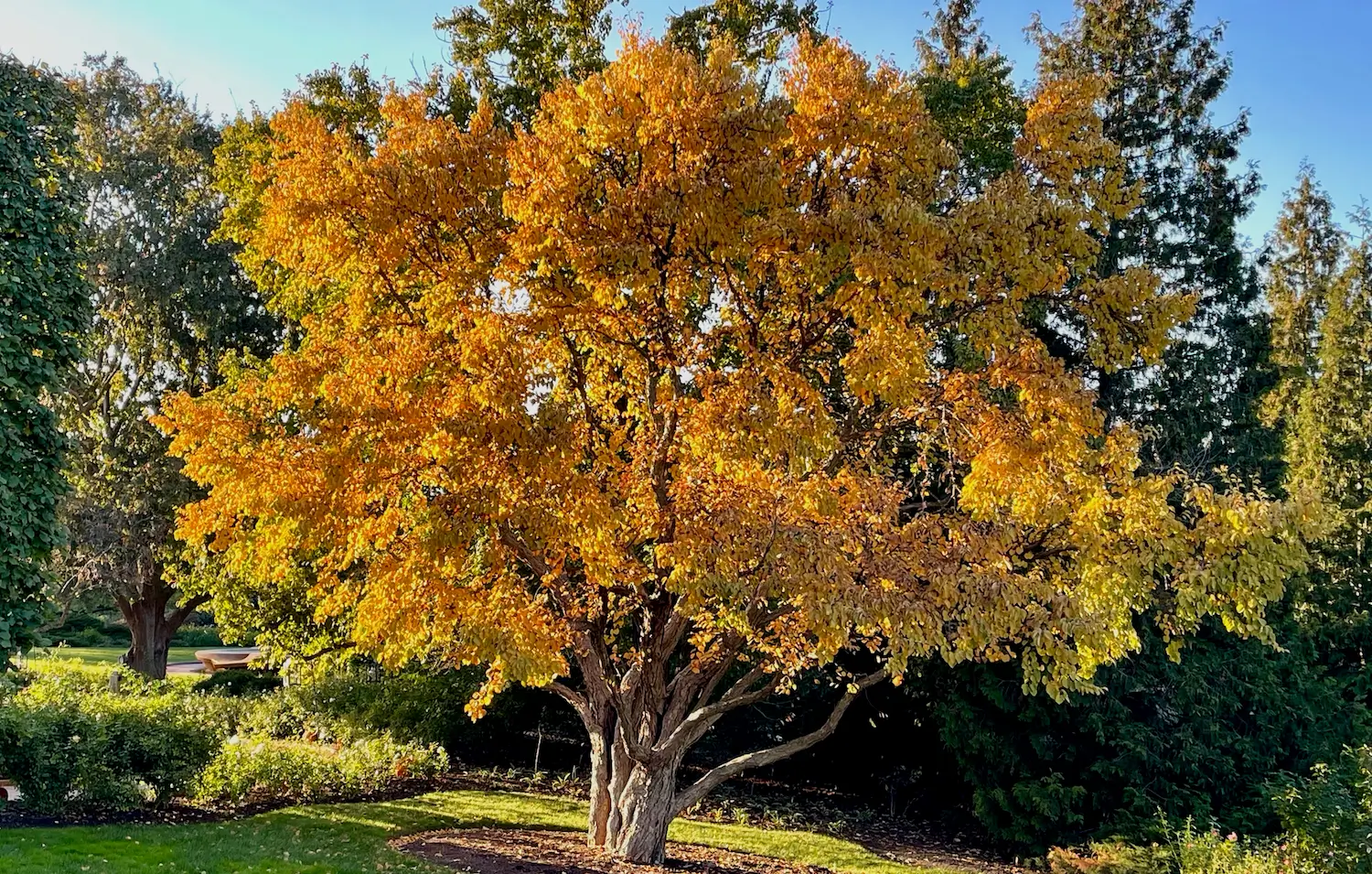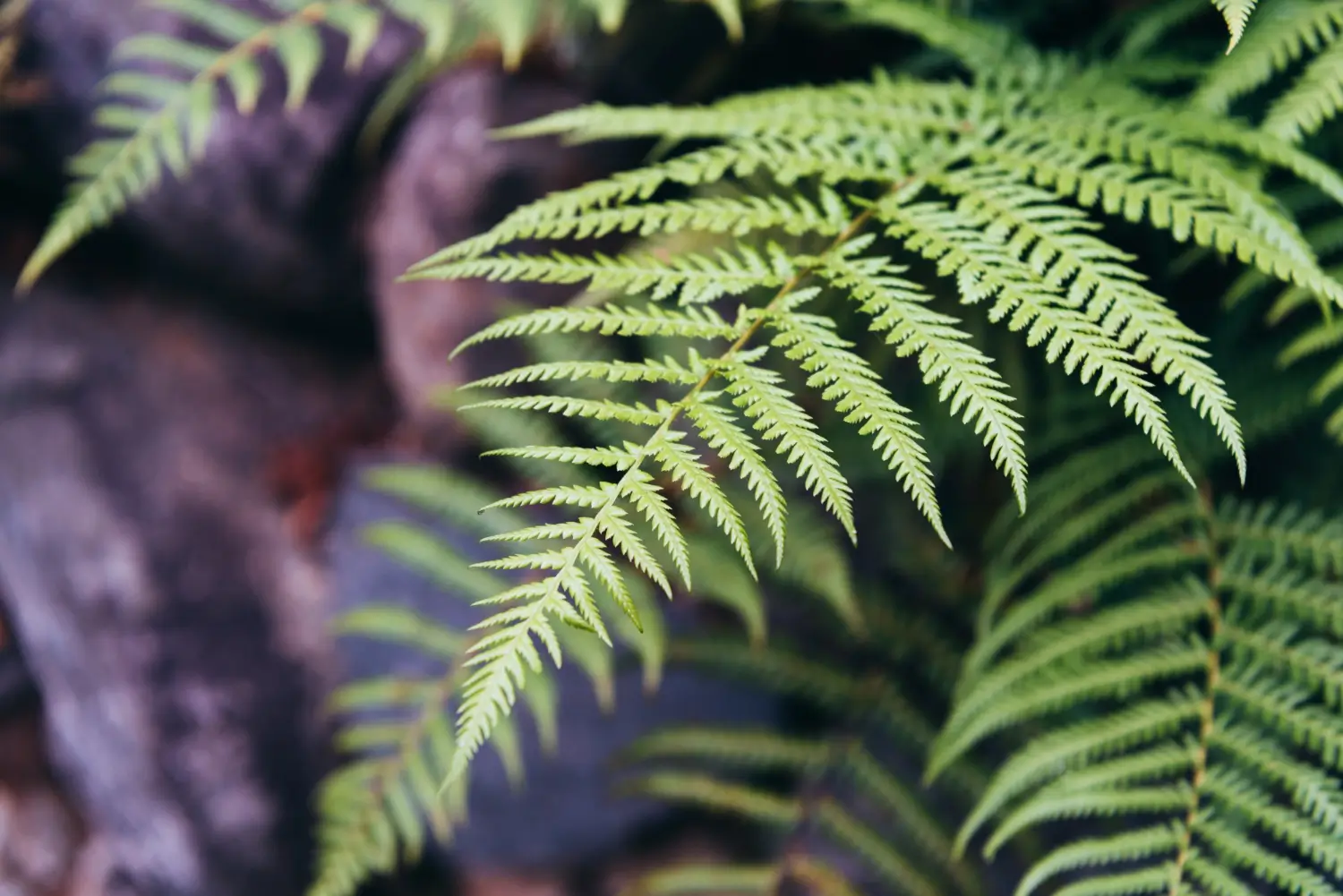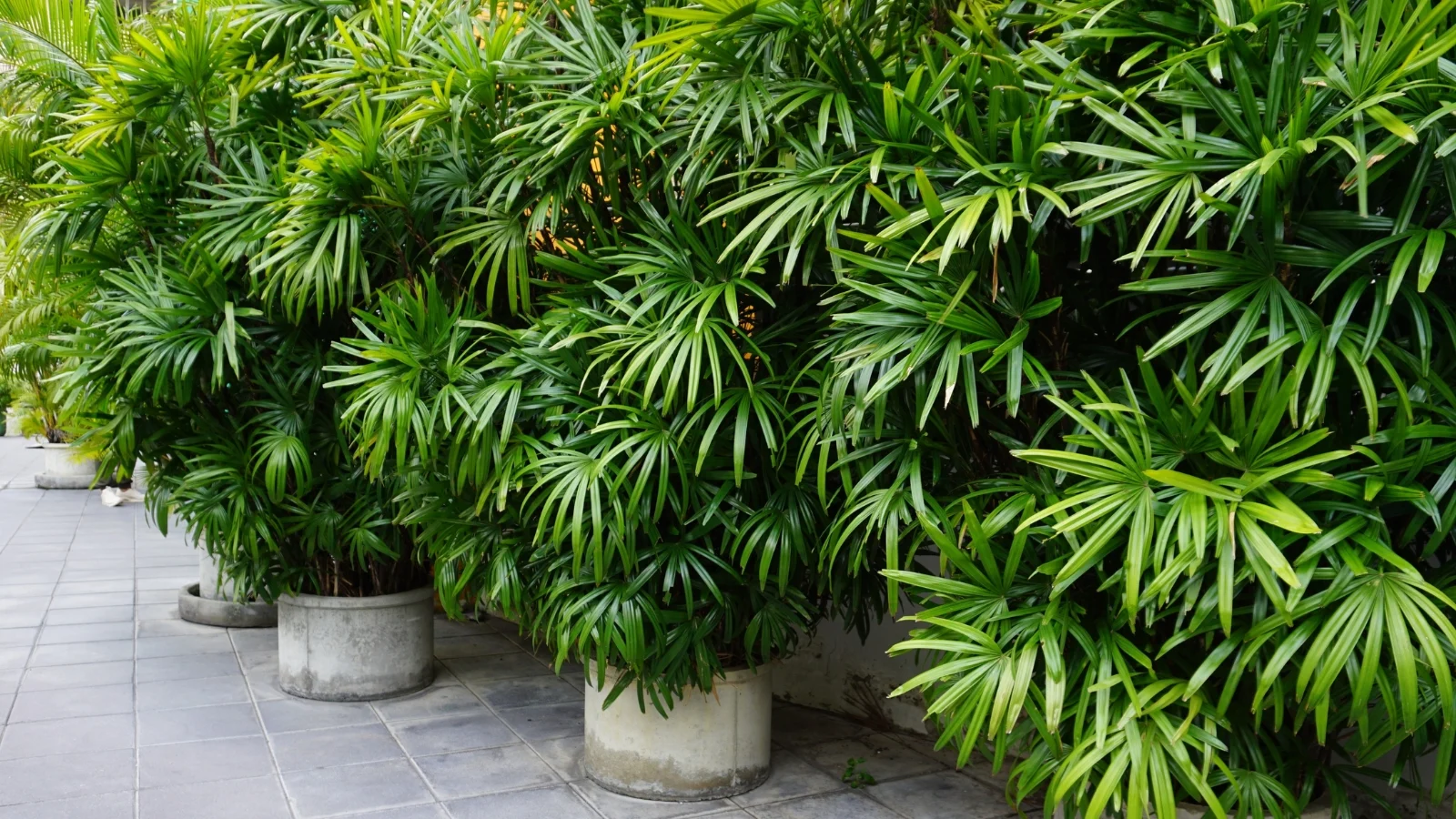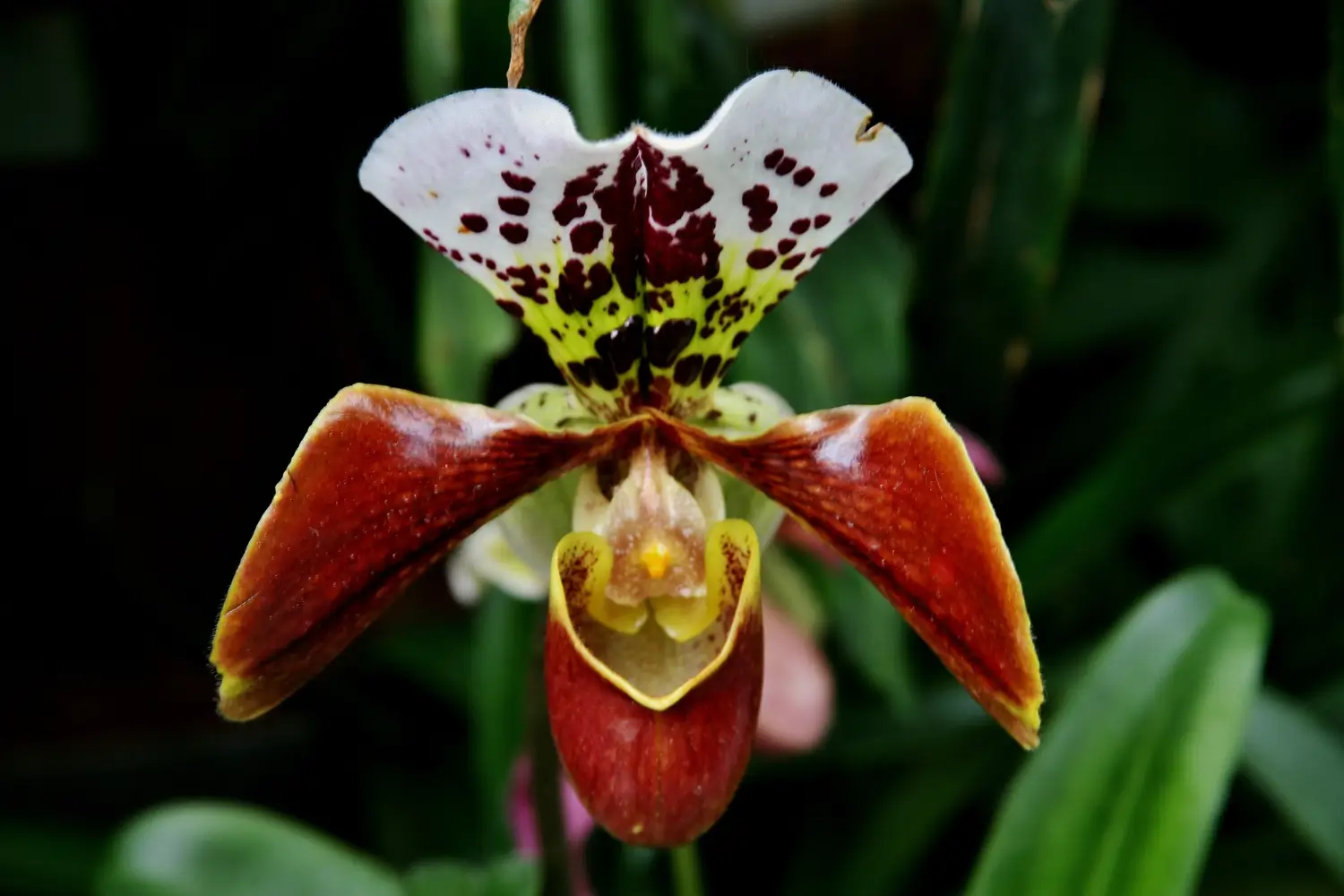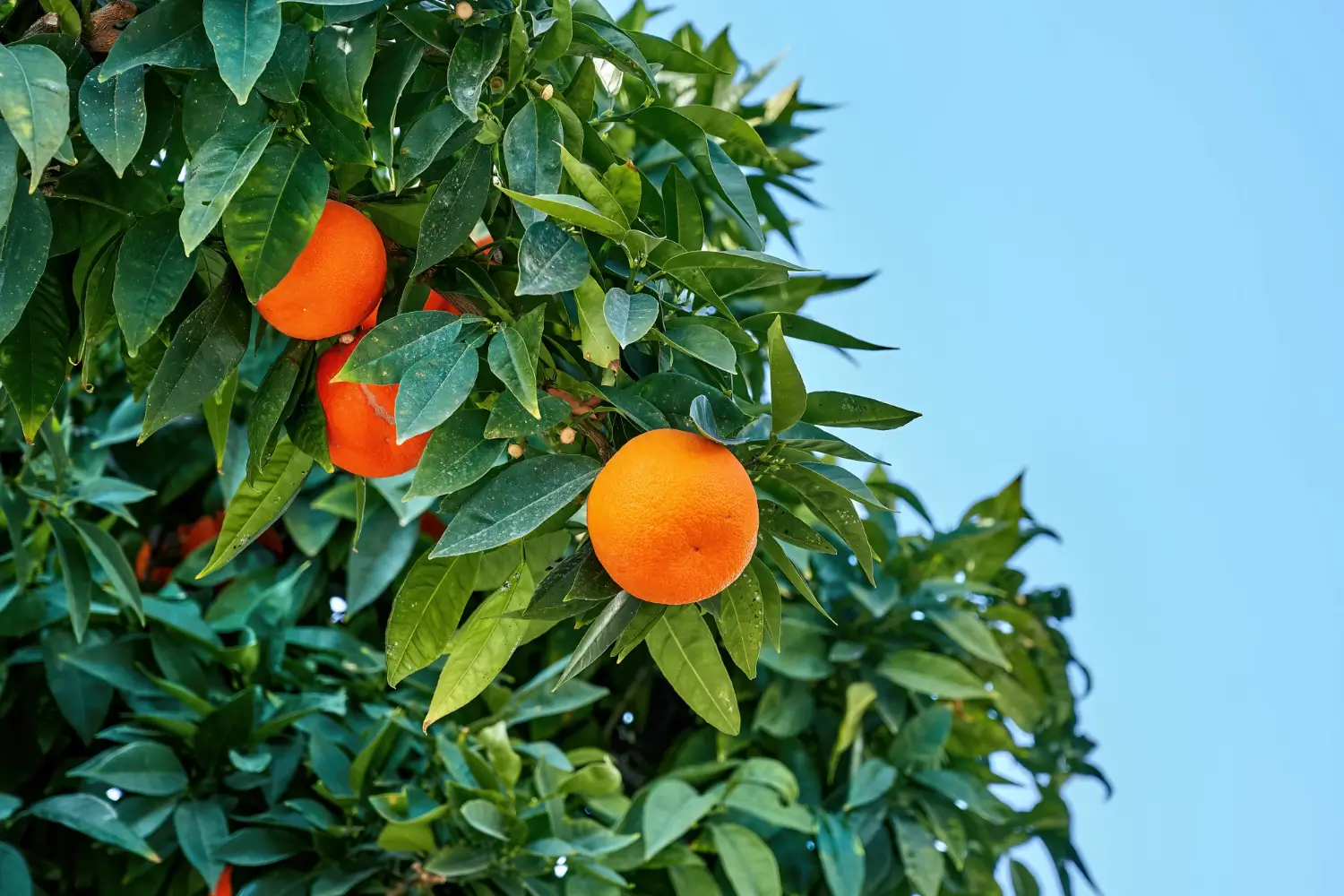
Soil Health & Fertilization
We unite suppliers and green industry professionals worldwide
For centuries, palm trees have been symbols of leisure, dream travel, lush, tropical beauty. But more than their postcard-perfect appeal, palm trees are remarkably diverse, ranging from towering outdoor varieties like the Queen Palm to compact, elegant in
By Mariam Scott
|Published on June 18, 2025


“Have you ever dreamed of being surrounded by swaying palm leaves and ocean breezes—even from your backyard or living room?”
For centuries, palm trees have been symbols of leisure, dream travel, lush, tropical beauty. But more than their postcard-perfect appeal, palm trees are remarkably diverse, ranging from towering outdoor varieties like the Queen Palm to compact, elegant indoor types such as the Parlor Palm or Areca Palm.
If you’re raising one in your garden or as a potted plant inside the house, palm trees add a soothing feel wherever you have them. With a little TLC, these elegant specimens can flourish and will grow slowly but surely — providing longevity, resistance and undeniable charm.
| Common Name | Palm Tree |
| Botanical Names | Varies (e.g., Chamaedorea, Phoenix, Dypsis, Washingtonia) |
| Type | Evergreen tree or shrub |
| Height/Spread | 3–100 ft tall, depending on species |
| Sunlight | Full sun to partial shade |
| Soil | Well-draining, loamy or sandy |
| Water | Moderate, varies by species |
| Bloom Time | Seasonal; generally inconspicuous |
| Hardiness Zones | Varies widely (Zones 3–13 depending on variety) |

September 25, 2025
9 minute read
September 24, 2025
9 minute read
September 23, 2025
10 minute read
September 22, 2025
9 minute read


Join as a seller and connect with thousands of B2B buyers nationwide!
Sign Up
Palm trees are usually low-maintenance, and their positioning and daily care is a must for them to look their best. They need well-draining soil, moderate watering and vary in light requirements depending on the species. Indoor types are more tolerant, but outdoor palms should be protected from freezing in cooler climates.
Most palm trees love bright light, and many species used outdoors need full sun. But certain indoor palms, such as the Parlor Palm, do wonderfully with indirect or filtered light. Situate your indoor palms near bright windows, but avoid direct scorching rays.
Outdoor palms must be placed according to their light needs — sun-loving species in open areas, shade-tolerant types close to larger trees or buildings.
Palm trees love evenly moist, well-drained, loamy soil with a lot of organic matter. Sandy soil is good, especially for outdoor species, since it mimics the conditions of their native environments. Indoor palms prefer a soil mix designed for palms or cacti.
Good drainage is important — palms are especially prone to root rot if they sit in water.
Water needs vary by species and location, but in general, palms like consistently moist (not wet) soil..
Proper hydration promotes healthy growth and prevents browning tips or leaf drop.
Compared to other types of trees, palms need little pruning. To keep your plant looking nice and healthy, only prune dead, yellowing, or brown fronds. Never cut away green, healthy fronds — it can stress the plant and inhibit growth.
For outdoor palms, skip the “hurricane cut” (taking off too many fronds at once), which weakens the trunk over the years. Indoor palms may need occasional grooming to remove dust or dried leaf tips.
Propagation depends heavily on the species, but two common methods are:
Palms are notoriously slow growers, so patience is key, since the wait is worth it.
Many palm species adapt quite well to container living, especially the smaller types.
Container palms add elegance to patios, balconies, and bright indoor corners.
Cold-sensitive palms are sensitive to dropping temperatures:
Tropical palms cannot survive a winter in zones colder than their hardiness rating without special care.
Palm trees do produce flowers, but many are small and not showy. Certain species, such as the Date Palm, flower in long, arching clusters that ultimately produce edible fruit. In an indoor environment, flowering is rare, as flowering plants usually require specific conditions in terms of light and temperature to bloom; however, flowering is sometimes observed in mature specimens.
They are tough but sometimes suffer from a few common plant-health issues:
Proper light, watering, and humidity prevent most problems before they start.
Palm trees are not only symbols of the tropics — thWhether towering in a sunny landscape or standing tall in your living room, Palm Trees offer a slice of paradise with surprisingly minimal effort. Treat them well, and they’ll support you for decades — quietly rocking their way into your heart and home.
Yes! Areca, Parlor, and Kentia Palms are other types of palm houseplants, which are commonly grown indoors due to their relatively small size and adaptability.
Not usually. Most palms are slow to moderate growers, particularly indoors.
Yes — outdoor varieties in particular. In spring and summer, use a slow-release fertilizer that is balanced and made specifically for palms.
Yes, technically! Coconuts can sprout into Coconut Palms with time, warmth, and patience.

Soil Health & Fertilization
Victor Miller
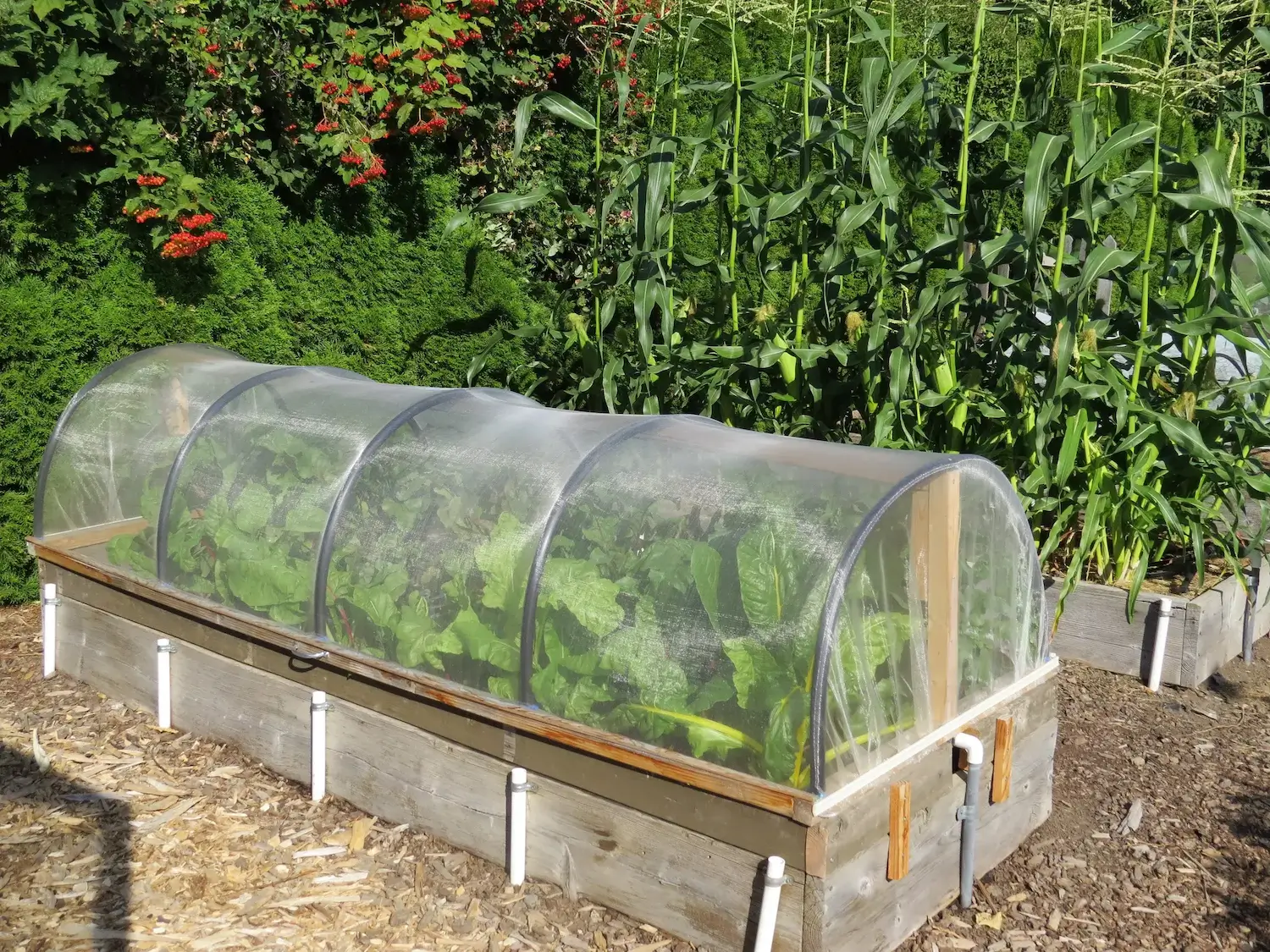
Pest Identification & Prevention
Victor Miller
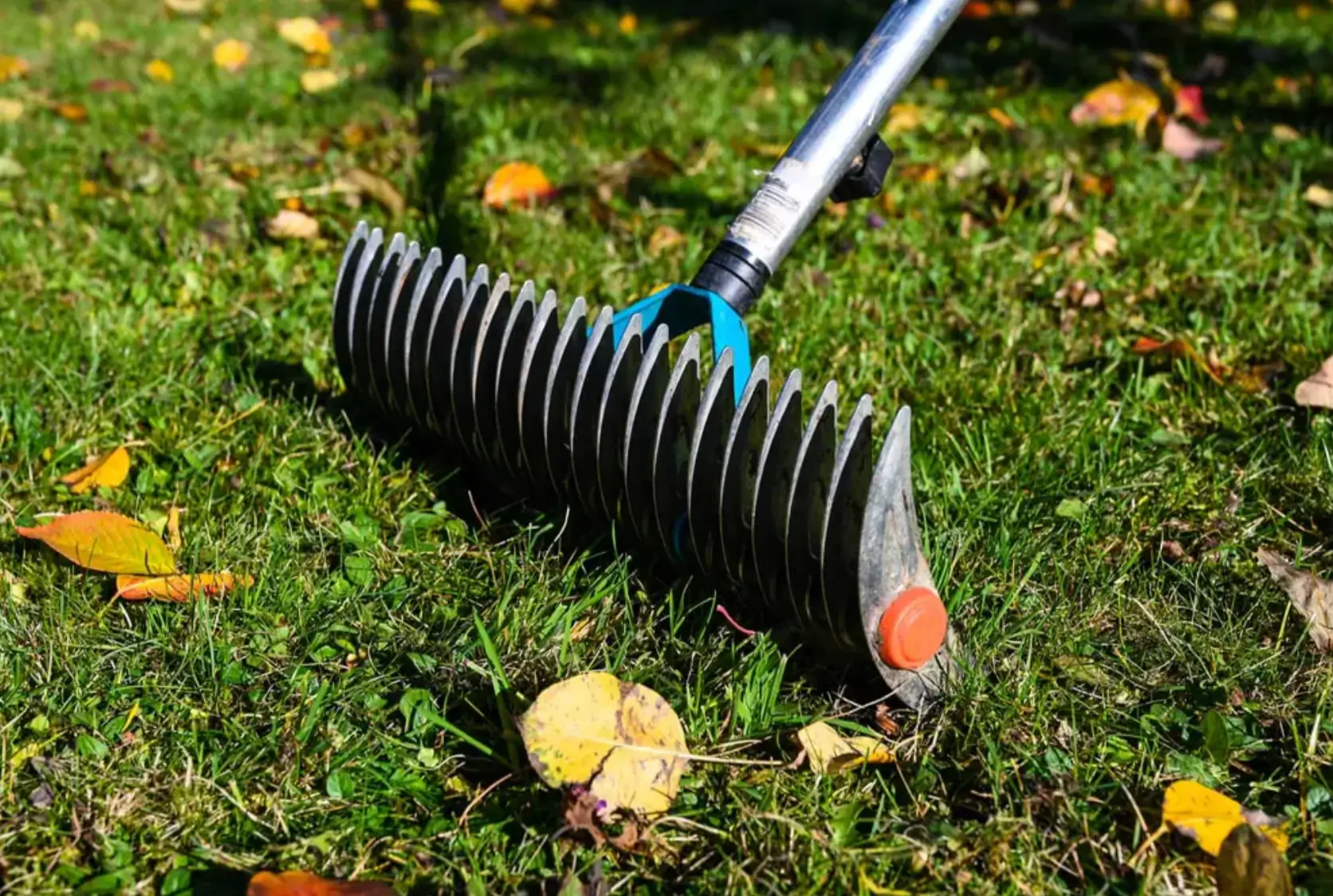
Lawn Care Tips & Maintenance
Victor Miller
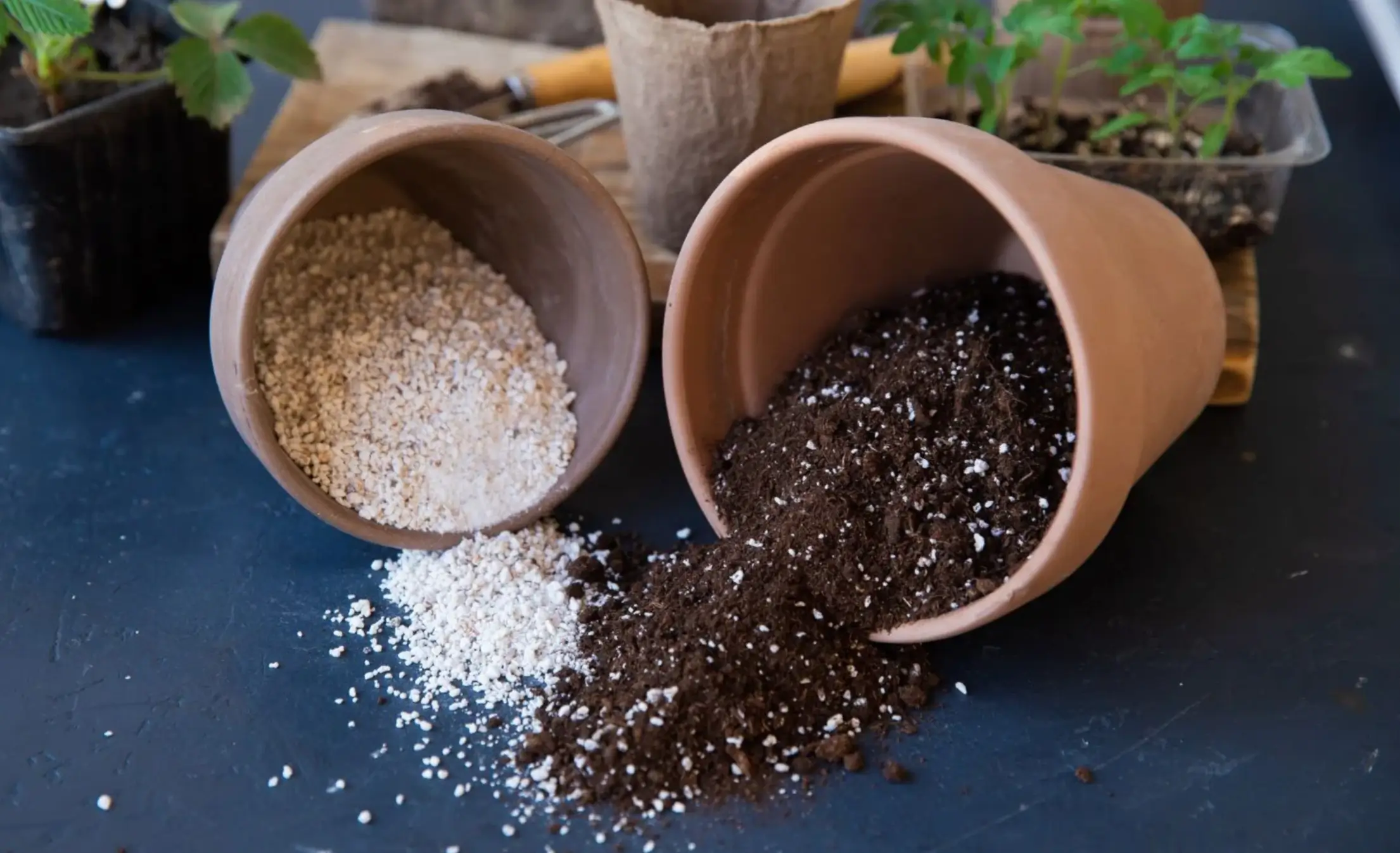
Soil Health & Fertilization
Victor Miller
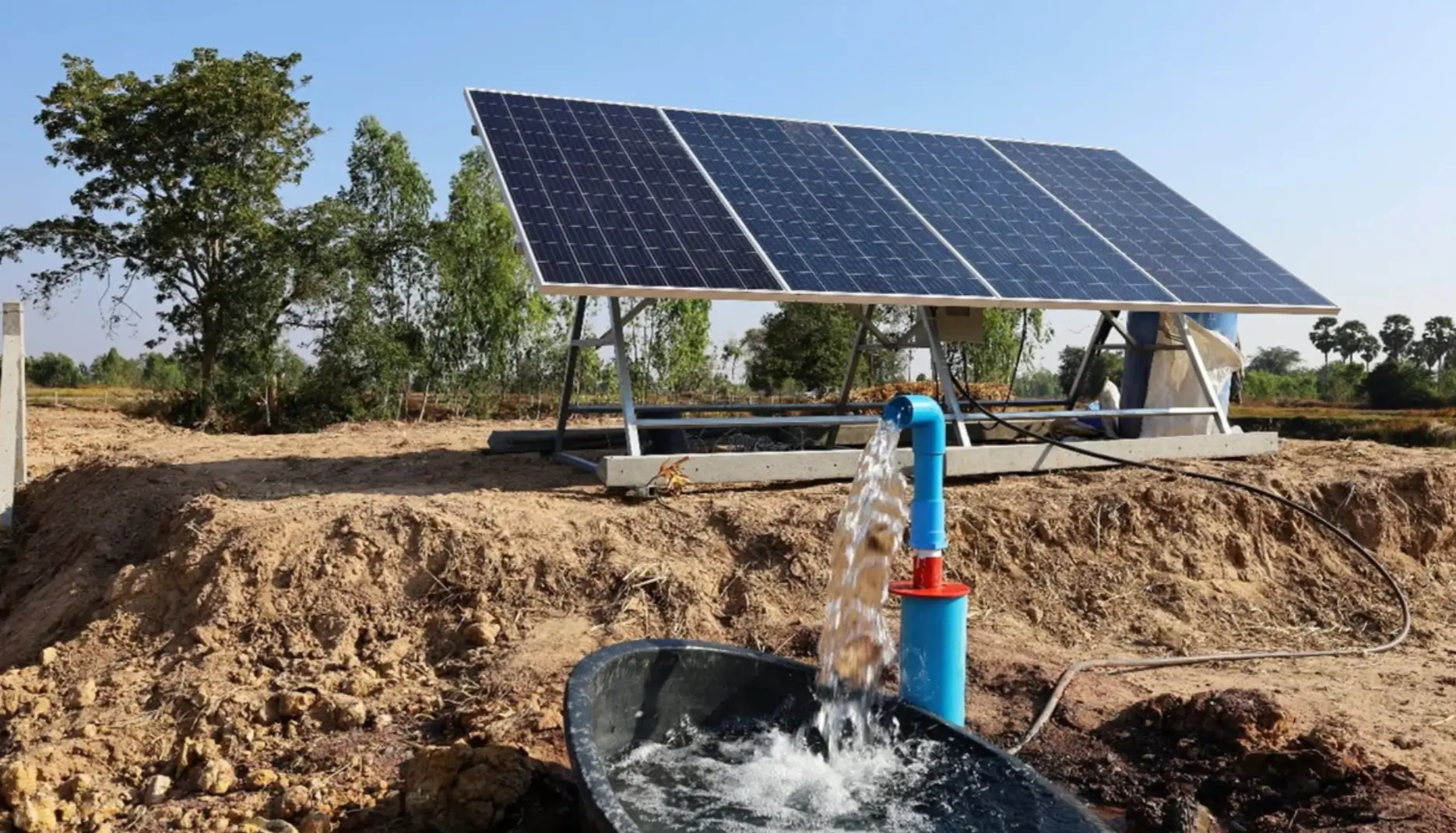
Smart Irrigation Systems
Victor Miller

Patios, Walkways & Driveways
Victor Miller
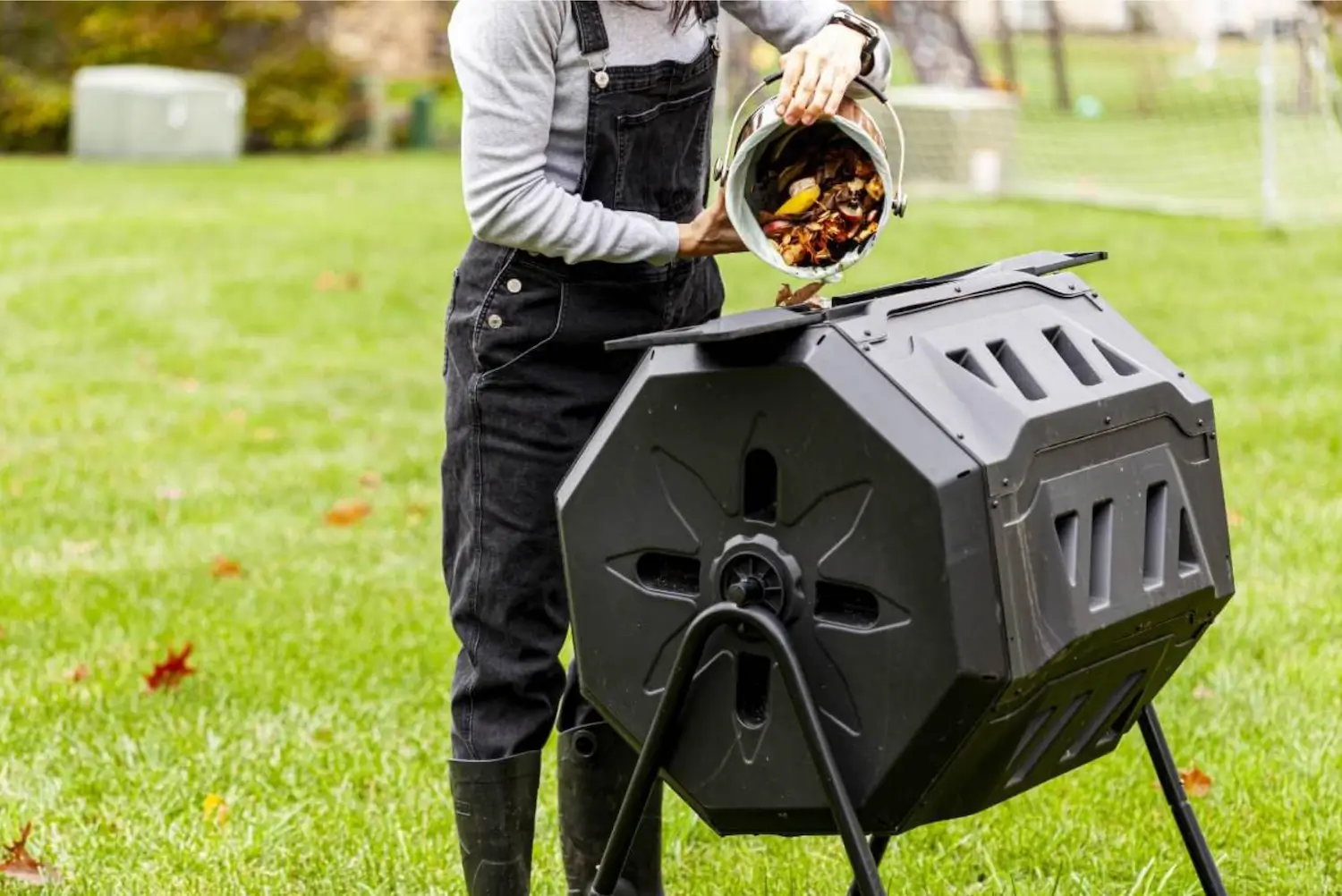
Soil Health & Fertilization
Victor Miller
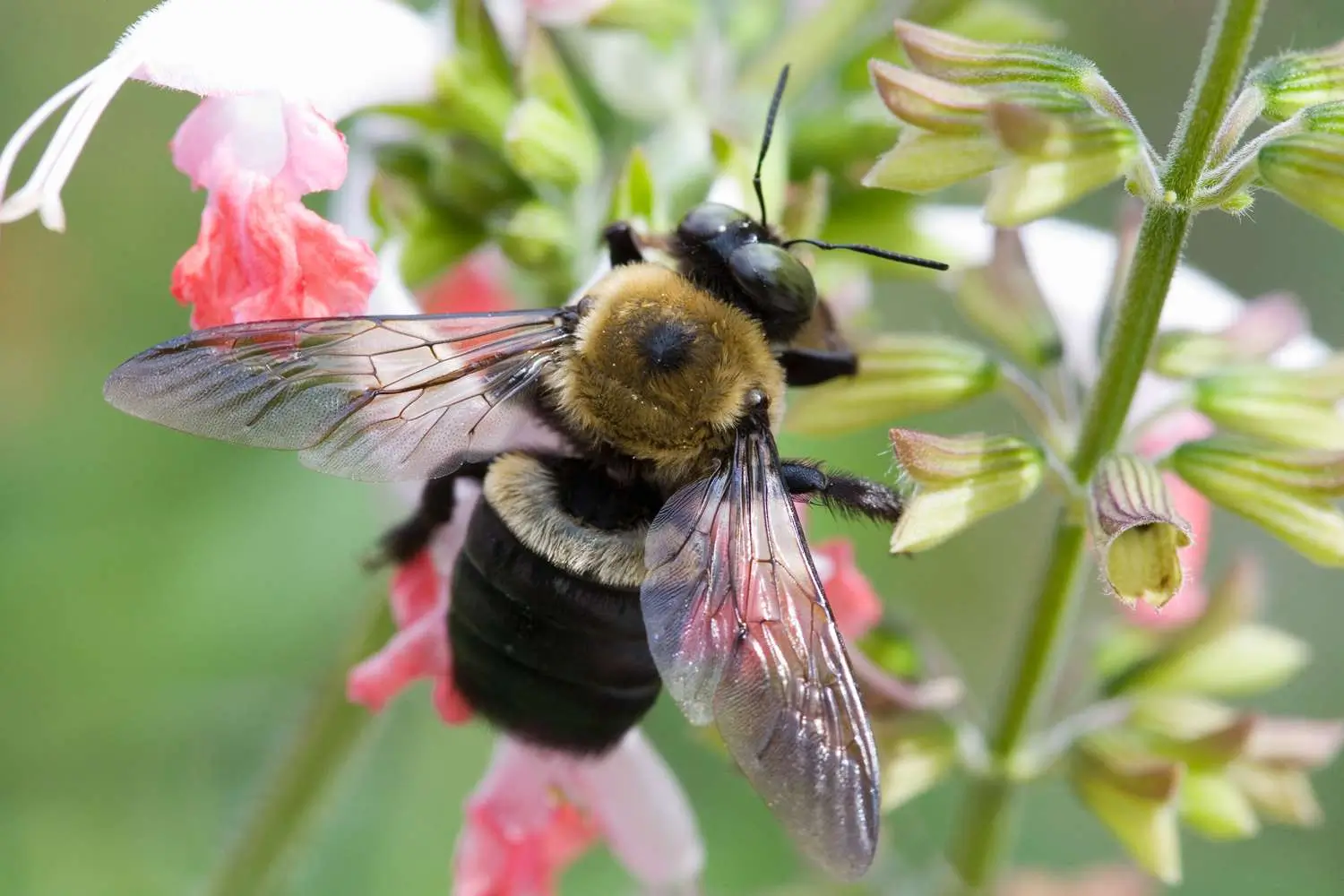
Pest Identification & Prevention
Victor Miller
My Account
Our team is always here to help.
We are open Monday - Friday, 9:00 AM to 4:30 PM PST.
